Embarking on a journey through the heart of Scandinavian design, we endeavor to delve into the rich, fascinating world of Scandinavian beds. Their unique architecture, rooted in a mix of history, environment, and culture, offers an intriguing story that unveils how they have evolved to their current form. As integral entities of the globally renowned Nordics’ design landscape, these beds elegantly embody the essence of Scandinavian minimalism characterized by functionality, simplicity, and the profound use of natural elements. Alongside their distinctive attributes, there are a few caveats that potential customers should take into account.
Origins and History of Scandinavian Beds
Origins of Scandinavian Beds
Scandinavian beds, like many other aspects of Scandinavian design, have roots deeply intertwined with the regional climate and individual lifestyle of this northern part of Europe. The cold, long winters and brief summers greatly influenced the original design, material choices, and construction methods of Scandinavian beds.

Traditionally, Scandinavian beds were made from locally sourced wood, usually pine or birch for their abundance, resilience, and warmth. This handmade approach added a unique character to each bed, with patterns and signatures carved into the frames making each piece unique.
In original homestead dwellings, beds were often raised platforms or loft-style beds to conserve space in the multi-purpose living quarters. This early design necessity has somewhat influenced the modern love for minimalist design within the Scandinavian aesthetic. The alcove bed, another traditional bed type, was a warm and cozy space often built into the wall, reflecting the need for thermal efficiency in these cold climates.
Evolution of Scandinavian Bed Design
Over time, Scandinavian beds evolved. Heavy, dark wooden frames became lighter and more streamlined. The redesign included handiwork reduction, replaced with clean, defined lines and curves. Soft, neutral colors were favored over darker tones, reflecting the desire for bright, open interiors to combat the long, dark winters. Functionality coupled with style became a trademark of Scandinavian bed design.
The advent of industrialization in the 19th and 20th century also had significant impacts on Scandinavian bed design. The accessibility of varied materials, such as metal and different types of woods, allowed for the diversification of design. The mass production of bed frames became possible due to technological advances, leading to the consolidation of certain bed styles and a shift towards consistency and standardization.

The Impact of Scandinavian Design on Modern Beds
Scandinavian design principles have played a significant role in shaping modern bed design worldwide. The Scandinavian design’s key elements – simplicity, functionality, and a strong connection to nature – are widely adored across the globe. The Scandinavian bed’s influence is seen in its iconic design which perfectly marries functionality with form, bringing forth an aesthetic that oozes minimalism and elegance.
Commonplace today, Scandinavian bed frames rely on wooden slats to support a mattress, eliminating the need for a box spring, a testament to their minimalist and practical approach. This concept of keeping designs simple, natural, and high on comfort has permeated international borders. Lighter woods and a preference for low-profile bed frames that emphasize the comfort and function, rather than ornate designs, are key factors contributing to their global popularity.
The evolution of Scandinavian bed design continues, yet its foundational principles focused on practicality and honor towards natural elements stay ever-present. These ideals laid the groundwork for the broader modernist movement of the 20th century, further underscoring how Scandinavian bed design has profoundly influenced interior design worldwide.
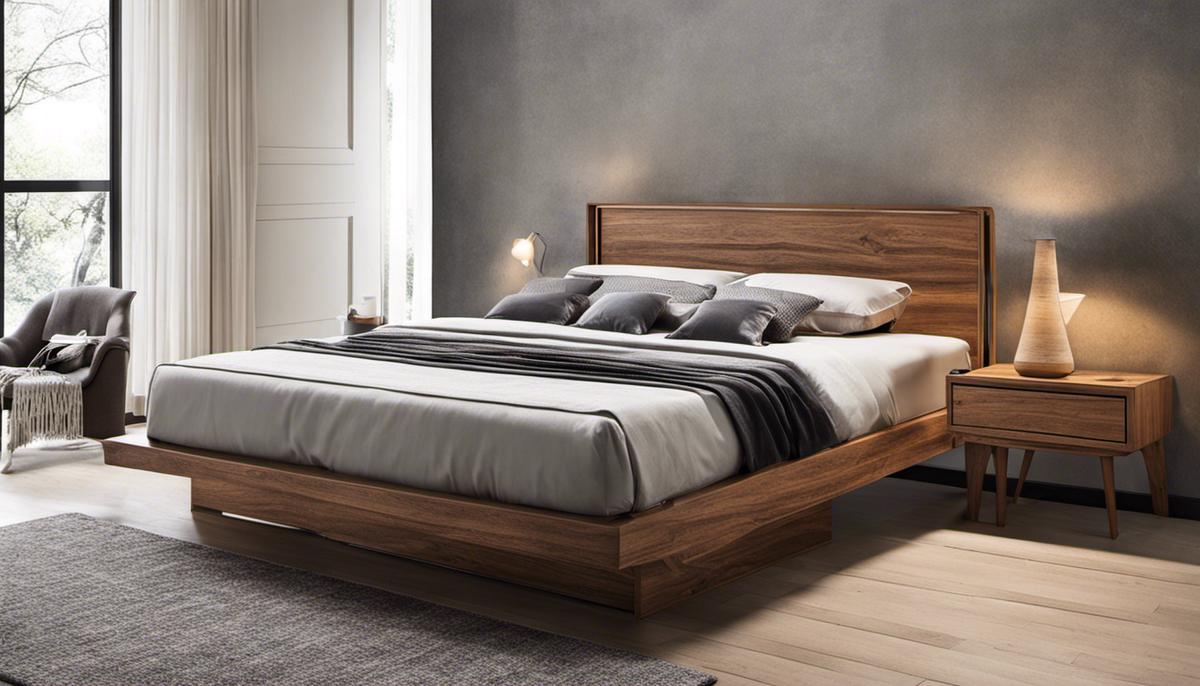
Design Elements and Characteristics of Scandinavian Beds
Embracing Simplicity and Functionality with Scandinavian Beds
The defining characteristics of Scandinavian furniture design – simplicity and practicality – couldn’t be better demonstrated than in their bed designs. Scandinavian beds stand out with their subdued design that avoids any unnecessary frippery; it truly embodies the ‘less is more’ philosophy. The user’s needs are at the heart of the design, with not a hint of overcomplication or excess. In a testament to their functional emphasis, Scandinavia’s beds often integrate smart storage components such as under-bed trundle drawers, creating an effortless blend of utility and aesthetic.
Use of Natural Materials and Colors
Another distinguishing feature of Scandinavian beds is their use of natural materials and colors. The most common material used is wood, symbolizing the Scandinavian love for nature and persistence to keep the environment at the forefront of their designs. The wood is often light in color, complementing the cool, muted color palette that is characteristic of the Scandinavian style. You will also find hints of whites, grays, blacks, and blues in their design – each color utilized in a way that makes the space feel open, bright and serene.
Clean, Sleek Lines
In consonance with the Scandinavian design principle, you will find that clean, sleek lines dominate the structure of Scandinavian beds. This minimalistic geometric approach gives a sense of order and calmness to the room. The bed frames, for instance, are usually straightforward, embodying an understated elegance that isn’t flashy but inviting and comfortable. The bedding and pillows typically follow the same suit, with simple patterns and textures that mesh well with the overall design.

Minimalism and Natural Light
Minimalism forms the cornerstone of Scandinavian bed design — allowing for ample natural light to fill the room. This is achieved by keeping the bed design streamlined and low to the ground, hence, avoiding any unnecessary obstructions to the flow of light. Simultaneously, this minimalist approach also reduces visual clutter, evoking a peaceful ambiance in the bedroom.
Understanding the Design Principles of Scandinavian Beds
Scandinavian beds are the epitome of the design principles originating from this region. These guiding principles uphold values of functionality, simplicity, and appreciation for the natural world. The embodiment of these ideals in a bed design not only ensures a comfortable and useful piece of furniture but also inspires a mindful approach to living. The principles harmoniously blend together to create a bedroom setting that exudes warmth, comfort and a welcoming ambiance. The primary goal of these design principles is to find the perfect balance between visual appeal and practicality, an objective they consistently meet in the design of Scandinavian beds.

Benefits and Drawbacks of Scandinavian Beds
Perks of Choosing Scandinavian Beds
Famed for their minimalist design, Scandinavian beds embody simplicity and functionality. Their stylish appearance often features the use of organic, durable materials. Utilization of solid woods such as oak or pine ensures that your bed structure is sturdy and built to last, potentially serving you for generations.
An added advantage of Scandinavian beds is their user-friendly assembly process. Much of the furniture inspired by this aesthetic is designed with easy construction in mind, making it a great option even for those individuals without much experience in assembling furniture.

But it’s not only about simplicity and durability, Scandinavian beds are also designed with comfort and wellness in mind. The philosophy behind these beds places great emphasis on ergonomics, providing excellent support for you whilst sleeping, which can lead to improved sleep quality and fewer aches and pains.
Last but not least, these beds are known for their environmentally-friendly production methods. Many Scandinavian furniture manufacturers prioritize responsibly sourced and sustainable materials, which helps to reduce the environmental impact while supporting conscious consumer choices.
Potential Drawbacks of Scandinavian Beds
While Scandinavian beds offer many benefits, there are a few potential drawbacks that consumers should take into consideration. Notably, given the use of high-quality and sustainable materials in their construction, along with the craftsmanship involved, these beds may come with a relatively higher price tag in comparison to other styles in the market.
The design aesthetic of Scandinavian beds, known for its minimalism, earthy tones, and neutral color palette, may not align with everyone’s taste. For homeowners who favor more ornate or colorful elements in their bedroom, the design choices for Scandinavian beds can seem somewhat restrictive.
Furthermore, the minimalist and pared-down aesthetic, synonymous with Scandinavian designs, might appear stark or cold to some people. Unlike other styles, these beds prioritize simplicity and ditch excess decorations typically found in other decor styles, which may not sit well with those who prefer a more traditional or luxurious bedroom setup.
At the end of the day, the style of bed one chooses is subjective and influenced by individual tastes, room aesthetics, and comfort needs. While Scandinavian beds provide an alluring blend of functionality, simplicity, and sustainability, their minimalistic design, comparatively higher price point, and potentially restrained design palette may not appeal to everyone.
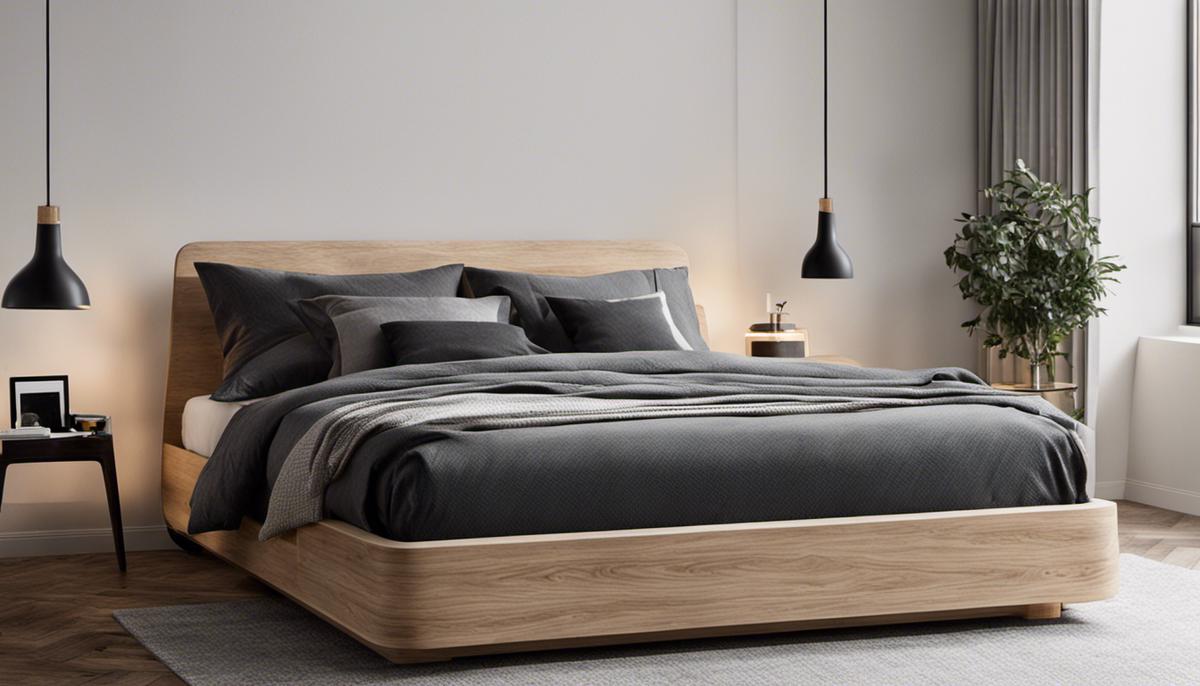
Comparison, Buying Guide and Maintenance Tips for Scandinavian Beds
An Overview of Scandinavian Beds
Hailing from the four Nordic countries – Sweden, Denmark, Norway, and Finland, Scandinavian design emphasizes simplicity, functionality, and harmony with nature. Scandinavian beds embody this ethos, featuring minimalist aesthetics, clean lines, and subtle colors, making them a top choice for many contemporary homeowners. They champion the use of natural materials, especially wood, typically displayed in light, airy shades such as white and grey.
Comparison Between Scandinavian and Popular Bed Styles
Unlike ornate and heavily embellished bed styles like Victorian or Gothic, Scandinavian beds are simple and elegant, designed with the belief that less is more. They usually feature wooden frames left in natural colors or painted in light shades. On the other hand, Victorian and Gothic beds generally feature elaborate headboards and footboards, often made of heavy, dark wood or adorned with plush fabrics.
In contrast to contemporary styles that may use metal frames and synthetic materials, Scandinavian beds stick to natural materials. They also differ from rustic style beds which can look more rugged and rough-around-the-edges, while Scandinavian beds still maintain a polished look despite their simplicity.
Buying Guide for Scandinavian Beds
When buying a Scandinavian bed, the first thing to consider is the bed frame. Look for frames crafted from high-quality wood, such as oak, birch, or pine. Minimalist design and clean lines are key. Avoiding ornate carvings or embellishments will help keep the aesthetic Scandinavian.
Next, consider the color. Scandinavian beds tend to favor neutral, light shades. White, beige, and light grey are all great options. However, a natural wood finish is equally in line with the style.
You should also pay attention to the size of the bed. Scandinavian designs often aim to maximize space, so consider a bed with built-in storage options, such as drawers.
How to Maintain Your Scandinavian Bed
The care and maintenance of a Scandinavian bed are easy, thanks to their minimalist design and high-quality construction. To clean your bed, simply dust the wooden frame regularly to avoid the accumulation of dirt. If necessary, you can use a damp cloth, but avoid using harsh chemicals as these may damage the wood’s finish.
For keeping the bed robust, check the hardware regularly to ensure everything is tight. If your bed frame squeaks or appears loose, it may need retightening.
Similarly, protect your natural wood frame by keeping it out of direct sunlight, which can cause discoloration over time. If it is impossible to avoid sunlight exposure, consider using a non-silicone-based furniture polish for added protection.
In the case of stains or spills on the bed, they should be dealt promptly. Wipe them with a clean, slightly damp cloth to minimize potential damage to the wood. Using a soft, dry cloth afterward will help keep the surface dry.
Conclusion
Overall, a Scandinavian bed can be a great addition to your home. Its hallmark simplicity can create a calm, serene bedroom environment while also being functional. By considering the sturdiness of the bed frame, the authenticity of its design, and its overall aesthetic appeal, you can ensure you are getting the best of Scandinavian design to appreciate for years to come.
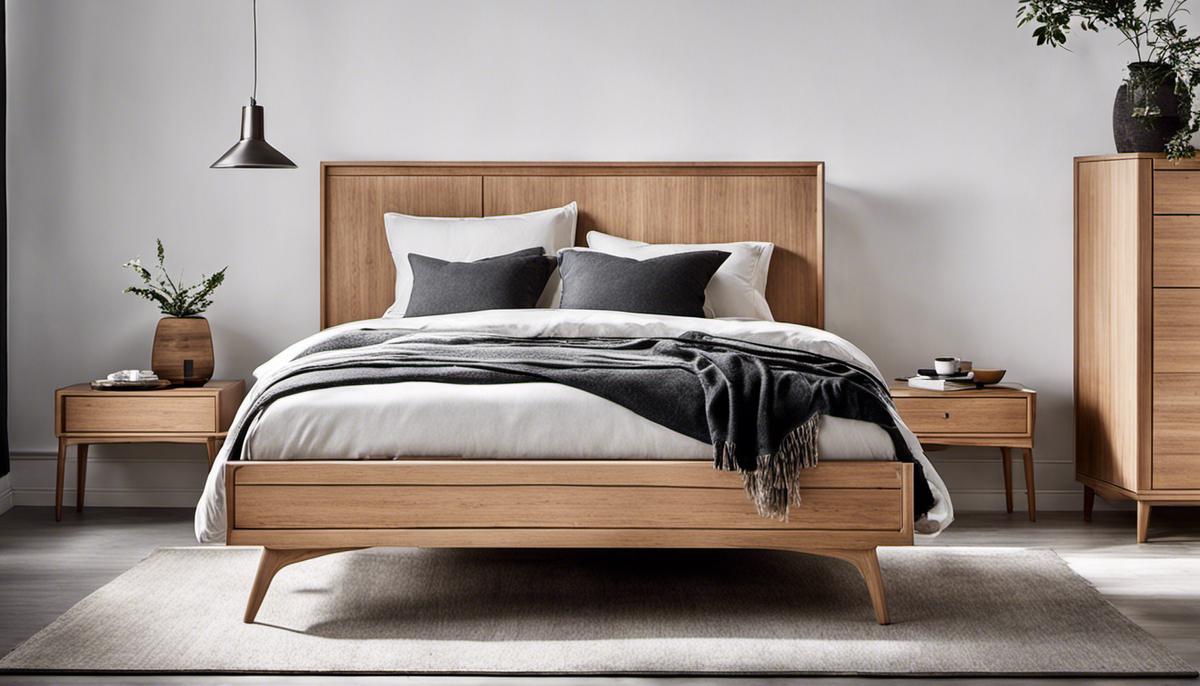
As we make the cusp of understanding the nuances tied to Scandinavian beds, it becomes increasingly evident that they are much more than just a restful recess. Their synthesis of minimalist design principles with ease of use and maintenance not only exemplifies the grace of Scandinavian furniture design but also offers an ideal choice for those in pursuit of sustainable, simplistic and functional furniture design. Though they may pose certain limitations in terms of decorative variety and initial costs, the pros overwhelmingly outweigh the cons, making them an interesting subject for homeowners and design enthusiasts alike. Therefore, whether you’re renovating or setting up a new home, buying Scandinavian could be your ticket to timeless elegance and unparalleled comfort.

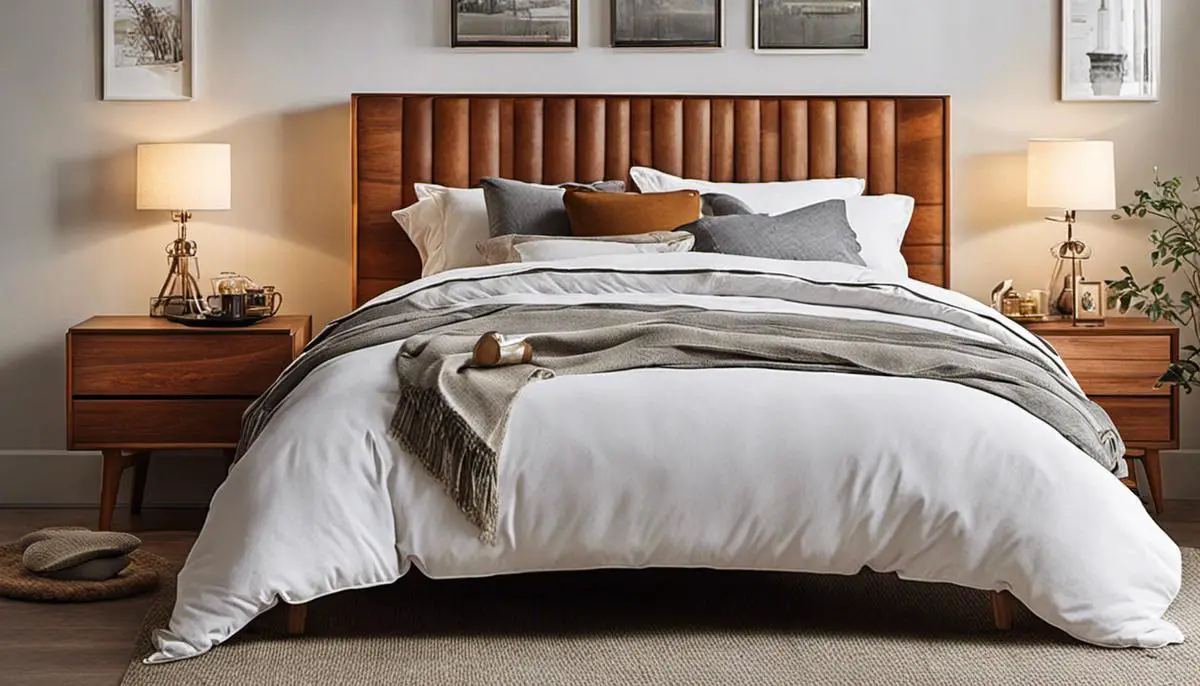


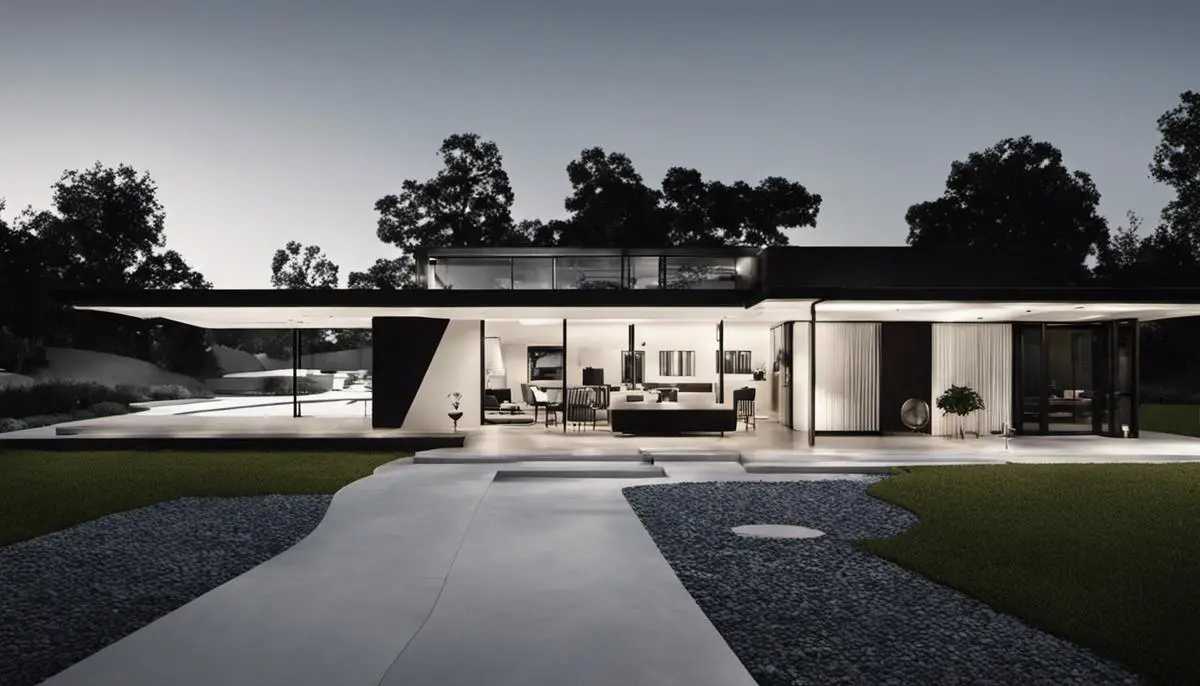

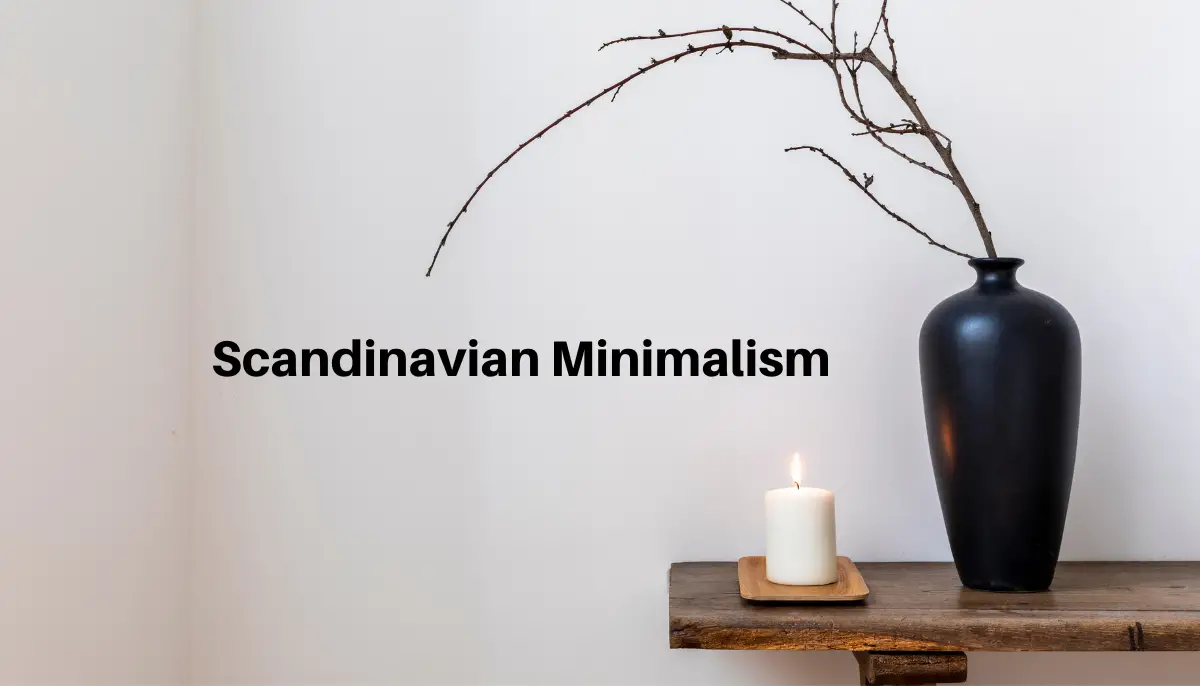
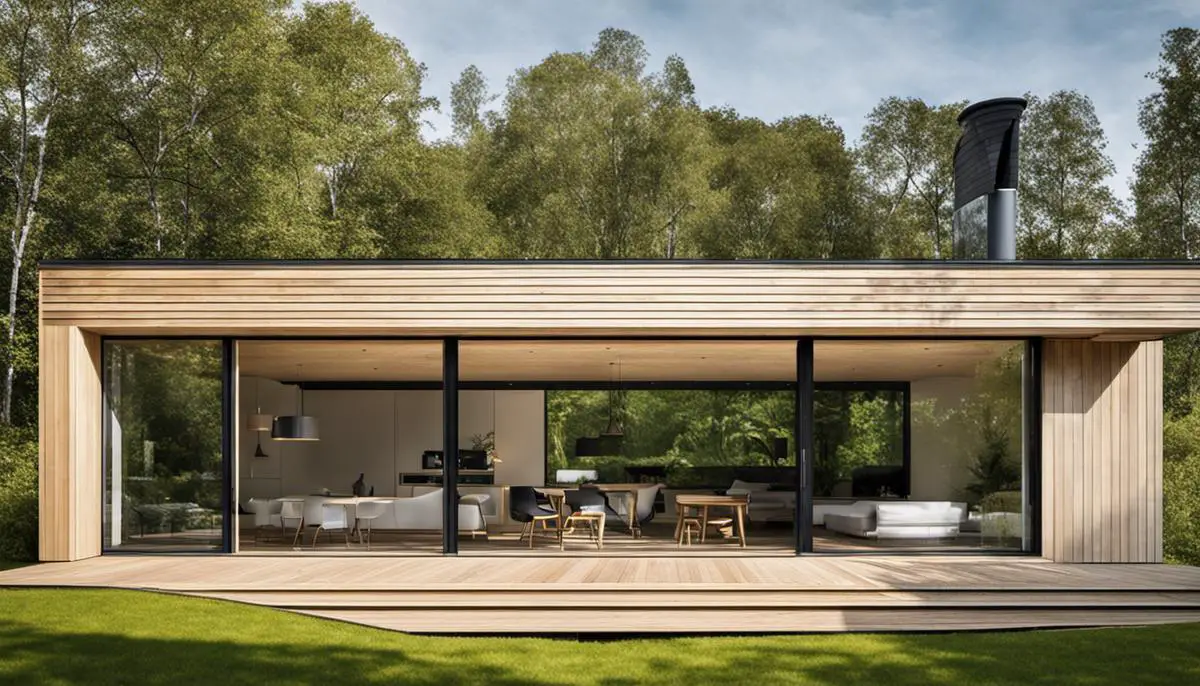
Leave a Reply